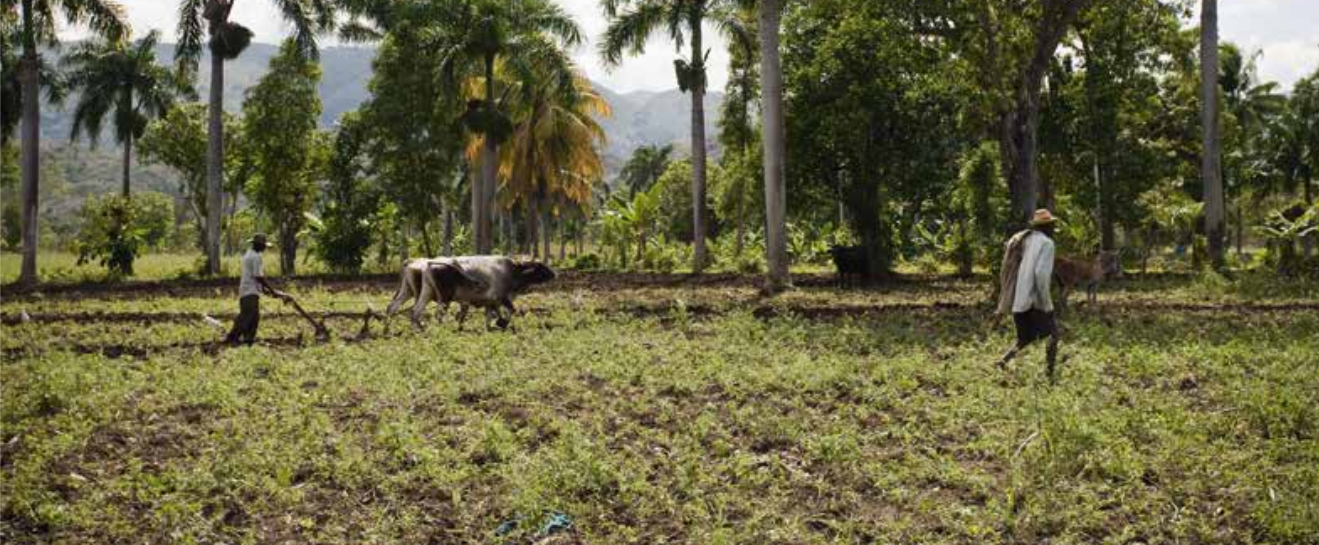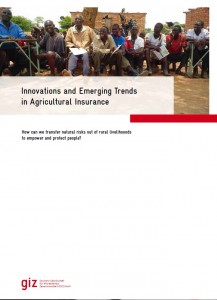In this new report, GIZ explores the trends in agricultural insurance and public relief as risk management tools in rural areas of developing countries. It then takes a closer look at the challenges in scaling up index-based insurance, linked to the demand form farmers, the design of indexes, the distribution of the insurance products, and the changing climate, among other. The authors then go on to propose solutions to the challenges in scaling up index insurance.
Agriculture is a risky business and farmers face a host of market and production risks that make their incomes volatile from year to year. These risks include yield losses due to bad weather, pests and diseases; post-harvest losses during storage and transport; and unexpectedly low market prices. In many cases, farmers are also confronted by the risk of catastrophic losses, for example, when crops or livestock are destroyed by drought, fire or new pest outbreaks, or when lives and assets are lost due to extreme weather events like hurricanes and floods. These risks can pose challenging financial problems even for large commercial farms in developed countries, but the consequences for vast numbers of smallholders around the developing world are much more severe. Major shocks to household incomes, food consumption and assets worsen poverty and lead to episodic humanitarian crises that require large scale relief interventions.
Resources

